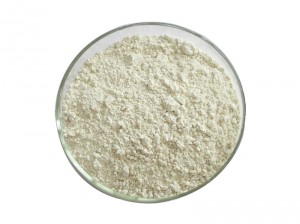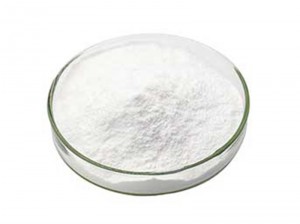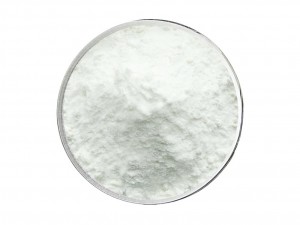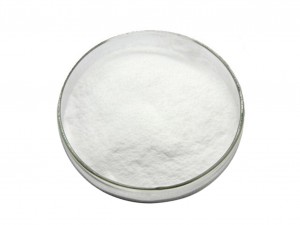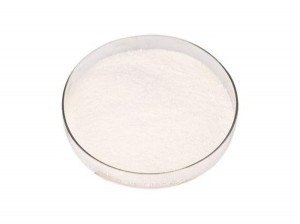Diniconazole
Diniconazole, Technical, Tech, 90% TC, 95% TC, Pesticide & Fungicide
Specification
| Common Name | Diniconazole |
| IUPAC Name | (E)-(RS)-1-(2,4-dichlorophenyl)-4,4-dimethyl-2-(1H-1,2,4-triazol-1-yl)pen |
| Chemical Name | (E)-(±)-β-[(2,4-dichlorophenyl)methylene]-α-(1,1-dimethylethyl)-1H-1,2,4-triazo |
| CAS No. | 83657-24-3 |
| Molecular Formula | C15H17Cl2N3O |
| Molecular Weight | 326.22 |
| Molecular Structure |  |
| Specification | Diniconazole, 90% TC, 95% TC |
| Form | Colorless crystals. |
| Melting Point | c. 134-156℃ |
| Density | 1.32 (20℃) |
| Solubility | In water 4 mg/L (25℃). In Acetone, Methanol 95, in Xylene 14, in Hexane 0.7 (all in g/kg, 25℃). |
| Stability | Stable to heat, light, and moisture. Under normal conditions, it is stable in storage for two years. |
Product Description
Diniconazole is a high-effective, broad-spectrum and low-toxicity endophytic fungicide, which belongs to triazole fungicides. It can inhibit 14-deoxyylation in the biosynthesis of Ergosterol of fungi, resulting in ergosterol deficiency and abnormal fungal cell membrane, eventually the fungus dies. Diniconazole has long germicidal efficacy and is safe to human and animal, beneficial insects and environment. It has the functions of protection, treatment and eradication. It has special effects on many kinds of plant diseases caused by ascomycetes and basidiomycetes, such as powdery mildew, rust, smut and SCAB. Except for alkaline substances, it can be mixed with most pesticides. Slightly irritating to the eyes, but not harmful to the skin.
● Biochemistry:
Steroid demethylation (ergosterol biosynthesis) inhibitor.
● Mode of Action:
Systemic fungicide with protective and curative action.
● Uses:
Control of leaf and ear diseases (e.g. powdery mildew, Septoria, Fusarium, smuts, bunt, rusts, scab, etc.) in cereals; powdery mildew in vines; powdery mildew, rust, and black spot in roses; leaf spot in peanuts; Sigatoka disease in bananas; and Uredinales in coffee. Also used on fruit, vegetables, and other ornamentals.
● Formulation Types:
EC, SC, WG, WP.
● Precautions:
During the application process, avoid the agent from contaminating the skin. The agent should be stored in a cool and dry place. After application, it will inhibit the growth of a few plants.
● Packing in 25KG / Drum or Bag


